by MICHAEL BODEEN | Jan 26, 2024 | Bodeen Team Blog, Mike's "Real State" of the Market, Uncategorized
The Phoenix Metro residential real estate market began the new year in balanced territory. It didn’t take long for the Cromford Market Index (CMI) to rise into a seller’s market – increasing 12.4%.
The news was not all bad for buyers. Year to date we have seen a healthy amount of new listings coming onto the market – 7,467 new listings which is up more than 22% compared to January 2023. We currently have 15,644 homes on the market, an increase from 15,086 last month – a 4% rise in inventory. Not earth shattering, but a gain, nonetheless.
Combined with lower mortgage rates, offers on homes have increased quite a bit, but so has inventory. The new supply of homes on the market has also exceeded 2021 and 2022.
“Balance has seldom defined us…unless mortgage rates drop sufficient enough to move many more homeowners to sell, lack of supply will win the day. And buyers will again get the short end of the stick.”
Cromford noted that with demand and supply both increasing, sales volume will likewise increase. As long as these index’s continue to rise at similar rates, there won’t be a huge threat of runaway appreciation, per Cromford. That even ratio would be ideal, but I personally don’t think that will happen. We are an all-in or all out market. Balance has seldom defined us. And if I had to pick, I’d say that unless mortgage rates drop sufficient enough to move many more homeowners to sell, lack of supply will win the day. And buyers will again get the short end of the stick.
Record Asking Price Per Square Foot (PSF)
The average price PSF for listings (not sales) is at a record high of $369 as of the 25th. So how does that compute to future sales price PSF? Asking prices are a starting point, and of course we’ve been in markets where the final sales price was HIGHER than the listed price, but historically they are less than the actual list price. The current average sales price ratio to list price is 97.36%. Two years ago the ratio was 99.75%!
The current price disparity is stark – as it usually is. The current asking price per square foot as mentioned above is $369. The current pending price per square foot is $322. These are sales under contract showing only the listed and not closed price. The monthly average sales (closed) price is now at $295 – a 27% difference from the asking price. (see chart)
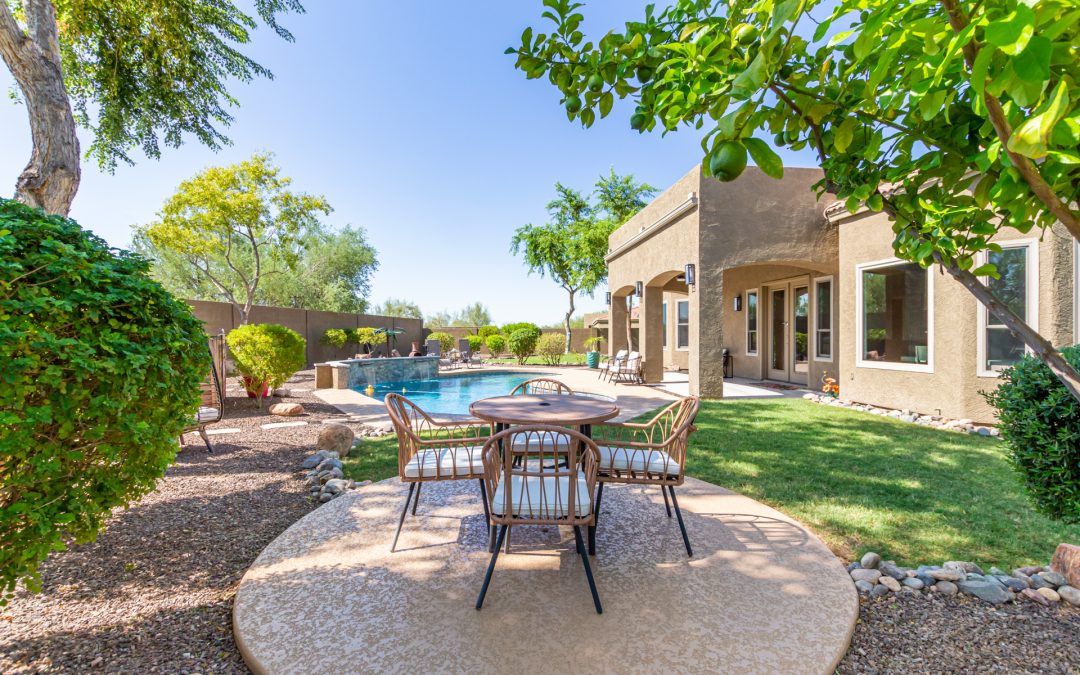
by MICHAEL BODEEN | Nov 27, 2023 | Bodeen Team Blog, Mike's "Real State" of the Market, North Scottsdale News, Real Estate News, Uncategorized
We trust your Thanksgiving weekend was wonderful! Apart from the traditional, additional, and certainly not subliminal poundage gained, it was for the Bodeen family and friends.
As most of our readers are aware, our current housing shortage is due in large part to homeowners having very low mortgage rates. They are not willing to bite off a 7% or 8% mortgage rate to sell and buy.
According to a new report from Redfin, via BusinessWire.com, roughly 6 of 7 (85%) homeowners with mortgages have rates under 5%. A large percentage of the under 5 percenters have rates in the 2.5% to 3.5% range. So far, there’s not enough upside for them to sell.
Then, I came across an article a few days ago from HousingWire.com provoking further thought. The article stated that the largest share of people aged 65 or older in our country own the largest share of mortgage-free homes. As of 2022, almost 40% of U.S. homeowners owned their homes free and clear. Read the housingwire.com article here.
This is wonderful news, if you’re one of those fortunate enough to be in the 40%.
On top of ALL this, is yet another article (Forbes) about how my generation, the Baby Boomers, will bequeath almost 70 trillion (that’s illion with a Tr) dollars to our offspring, and much of it before 2030. With the greatest generation winding down and the Boomers soon to follow, the greatest wealth transfer in the history of mankind is happening – now!
How will these new generations invest/spend this absurdly huge amount of passed down wealth? In many things of course, but one investment for sure, will be real estate. As my former and deceased Realtor father-in-law used to preach to anyone who would listen, (which wasn’t many), “you can make more babies, but you can’t make more land.”
So, when we encourage, nigh, exhort our friends, or anyone who will listen, to buy real estate, it’s knowing that successive gens will be able to step in line ahead of you to do so. Beat them to it!
The final paragraph of this Forbes article reads, “Being locked out of the housing market due to high-interest rates and housing prices could soon change. With the new largess, Millennials could purchase new homes and even secondary vacation homes…” Read the Forbes article here
So renters, to sum up, at least 3 forces are pitted against the future affordability of a home for you:
- 40% of Americans who have no mortgage. Even if they might sell, these would be cash buyer competitors for the home you may want.
- 85% of homeowners with a mortgage have an existing rate under 5%, and are not too keen on selling than buying a home with a 7% or 8% new mortgage.
- Current and future competition from all cash nouveau riche home buyers.
So, when Mike or Jonathan Bodeen continue to encourage, nigh, exhort our friends, or anyone who will listen, to buy real estate, it’s knowing that successive gens will be able to step in line ahead of you to do so.
Beat them to it!
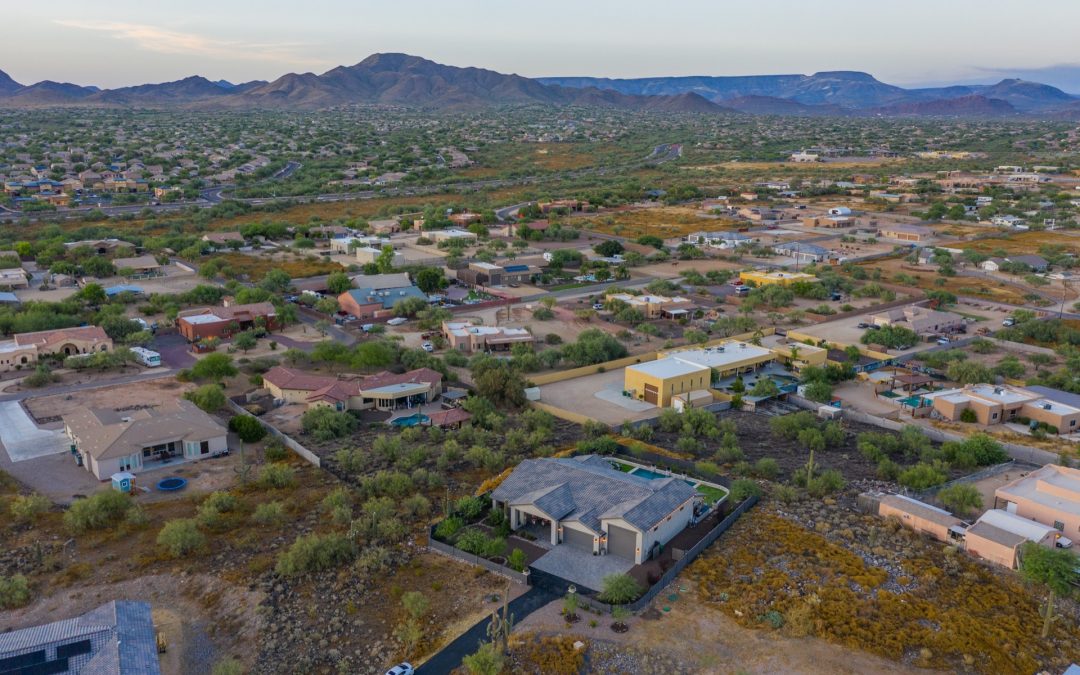
by MICHAEL BODEEN | Oct 2, 2023 | Bodeen Team Blog, Mike's "Real State" of the Market, Real Estate News, Uncategorized
Scottsdale and Phoenix Real Estate Inventory Rise
In this current Scottdale and Phoenix Metro residential real estate market, something’s gonna have to give, and we’re not sure what that will be.
Historically and economically, when mortgage interest rates rise, sales and new escrows will slow. When inventory increases, buyers can gain an upper hand in negotiations with sellers, thereby having the tendency to reduce prices. When all of these factors are happening at the same time, prices will drop – or will they?
First off, we’re currently seeing the drum beat rise of mortgage rates taking us into the mid 7% range. We’re also witnessing the rise of homes for sale (inventory), albeit, slowly, but rising nonetheless. Next, listings under contract (6,983) at this time of year (September) are at their lowest point since 2007. Sales per month (6,207) are at their lowest levels since 2008 (Aug).
Yet Prices Continue to Rise?
Finally, the release of last week’s S&P / Case-Shiller Home Price Index showed that Phoenix is again catapulting towards the top (2nd Place) of the national monthly sales price chart increasing .88% compared to the previous month. A note of caution on this index, however, is that it’s 3 months behind in reporting sales prices.
The only plausible explanation for our price increase remains the still very low level of inventory. And this is not just in Phoenix, but nationally too. Judging by the slowing market as a result of higher rates, I think we’ll start seeing price drops. The pressure for sellers to sell will grow with passing time. Affordability is suffering and right now it looks like this could continue into next year. A reversal in mortgage rate hikes, however, would spark buyers.
For buyers, time on the market for any given listing, will let them know how much negotiating room there might be. For sellers, correct pricing is critical. Adding or agreeing to incentives for buyers such as rate buy-downs may also help that property to get under contract.
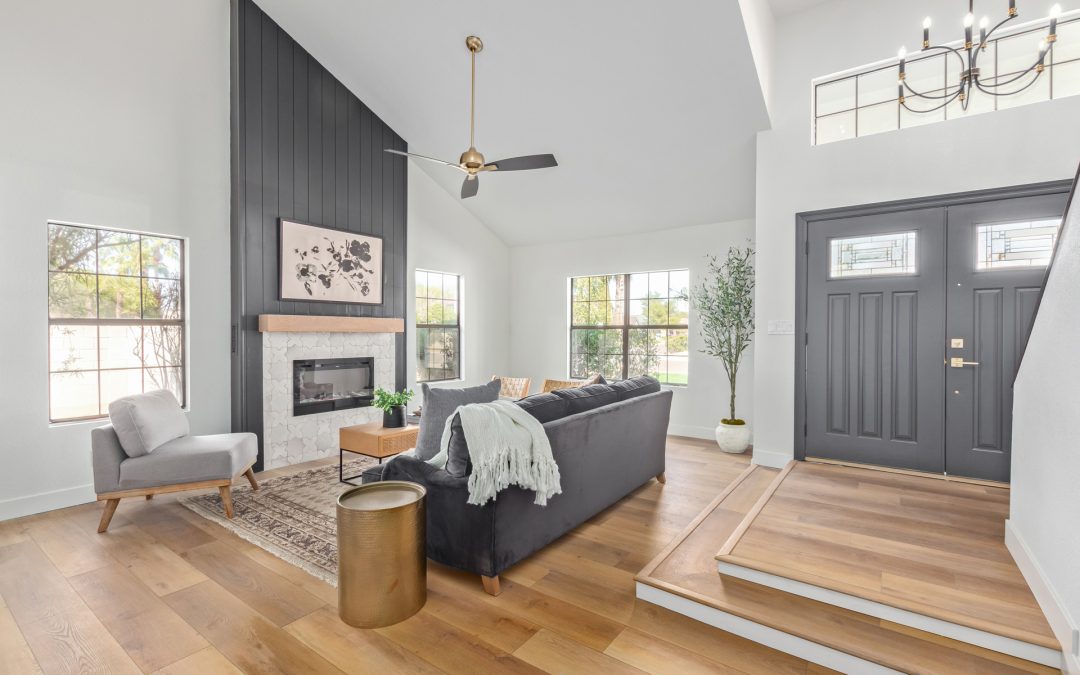
by MICHAEL BODEEN | Aug 7, 2023 | Bodeen Team Blog, Buying a Home, Mike's "Real State" of the Market, Selling a Home
They’re saying that July 2023 was the worst (hottest) on record, but it’s August in the Valley of the Sun, that is the pinnacle of misery. September, though still hot, brings cooler mornings and is a reminder that soon, our chamber of commerce weather will return.
Our Phoenix metro residential real estate market is resembling our August weather slog. Low supply, low demand, and high mortgage rates (7+%), yet still, a seller’s market. Still not much of a break for buyers.
August 1st Market Report
Arizona Regional MLS numbers for August 1, 2023, vs with August 1, 2022 – areas & types:
- Active Listings 11,241 vs 17,957 last year – down 37% – and down 2.6% from 11,545 last month
- Under Contract Listings: 7,546 vs 8,058 last year – down 6.4% – and down 4.0% from 7,858 last month
- Monthly Sales: 5,906 vs 6,190 last year – down 4.6% – and down 21% from 7,452 last month
- Monthly Average Sales Price per Sq. Ft: $282 versus $286 last year – down 1.3% – and down 1.9% from $287.78 last month
- Monthly Median Sales Price: $434,900 vs $452,500 last year – down 3.9% – and down 1.8% from $443,000 last month
On a different note, the new home market is doing much better than resales:
- New home closings totaled 1,352 with a median sales price of $533,592, an all-time record high price
- The new home closed sales count was up 7.6% from July 2022 but down 18.4% from June 2023.
- The new home median sales price is up 3.2% from a year ago, and up 2.8% from last month
One of the reasons why new home sales are fairing better than resales is that builders are providing mortgage rate buy-downs. Resale sellers can do the same, and those sellers that are providing incentives for buyers are more successful in getting to – CLOSED!
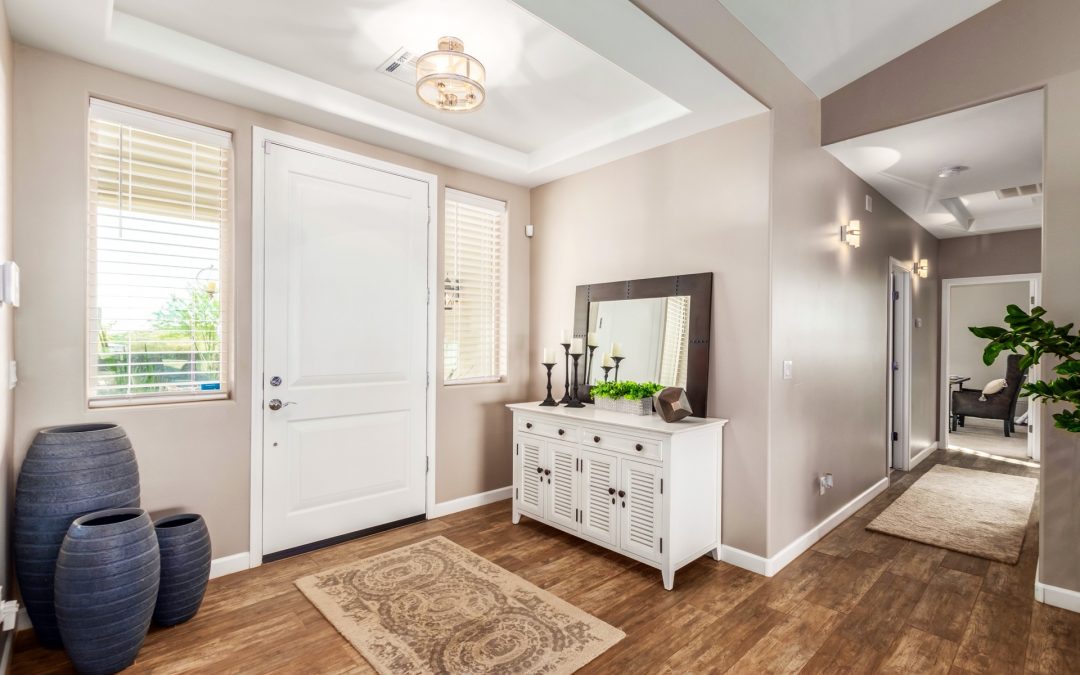
by MICHAEL BODEEN | Aug 22, 2022 | Bodeen Team Blog, Real Estate News
In a perfect world, a local real estate market would be a balance of buyer and seller supply and demand, with reasonable annual appreciation. The Phoenix and Scottsdale area has had a consistent six-year run of just such a market between May 2014 and June 2020.
Then, in early 2020, we had a global pandemic and predictably, per all of us experts anyway, real estate values declined – for all of 2-3 months. I’m not just talking about Phoenix, Arizona, but nationwide as well.
At that point, the market decided to release its foot off the breaks and apply the pedal to the metal, sort of like popping a wheelie, and laying rubber simultaneously to hit new pricing records within two years. It went from a reasonably healthy and consistent market to one that’s out of control. It had also become unaffordable.
Brakes Applied Again!
Over the past few months since spring, the breaks have once again been applied. A slowing market has returned, and we have now entered a balanced market. But not everywhere. Per the Cromford Report, Surprise, Gilbert, Tempe, Maricopa, Litchfield Park, Buckeye, Queen Creek & San Tan Valley are buyer’s markets, while Fountain Hills, Paradise Valley, Scottsdale and Cave Creek are seller’s markets.
If you check out our weekly Cromford Market Index today, which takes into account our entire Phoenix Metro area, you’ll see that we have fallen just below 110. A rating of 90-110 is a balanced market.
The question now is where we’ll go from here? Can this be a sustained slower growth market, or a quick touch and go back to a rabid seller’s market as we did 30 months ago? It’s also very possible that we continue slowing into a full-fledged buyer’s market. This is a possible scenario, although there are some indications that the slowing is slowing. Either way, the rate of downward pricing will still be felt for a while, especially in the trailing sales price numbers.
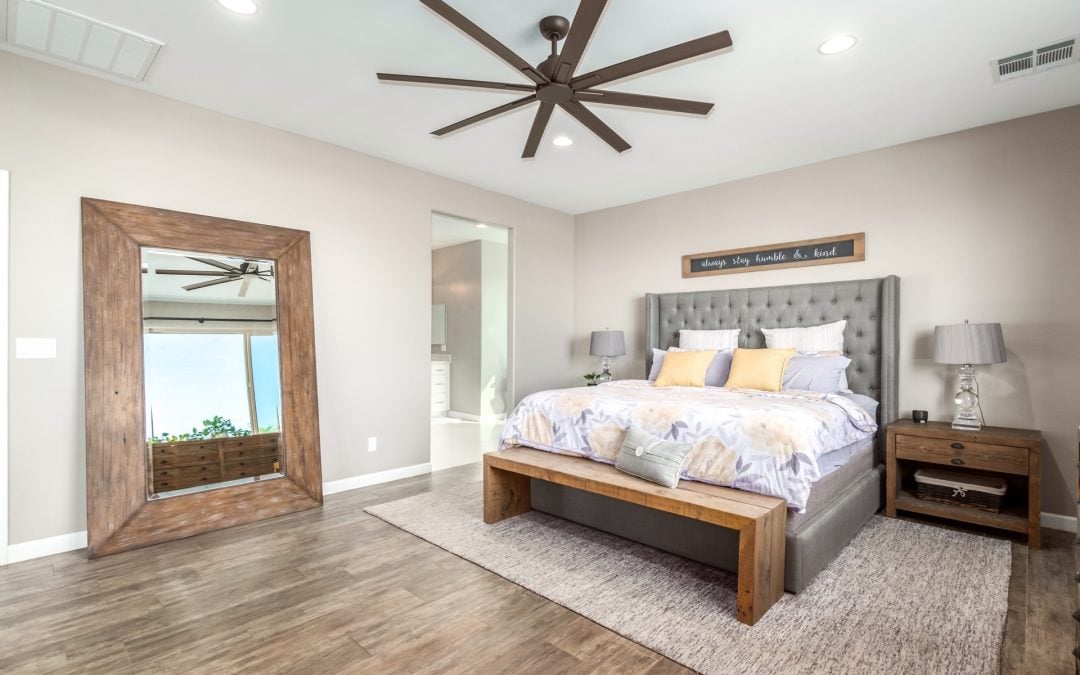
by jonbodeen | Aug 15, 2022 | Bodeen Team Blog, Mike's "Real State" of the Market
No one can deny that we have now seen price corrections in the Phoenix metro market. On the street level I myself have seen weaker demand affect our listings. We have three different listings which we’ve now got under contract, that I am confident we could have got at least $20,000 to $50,000 more for if we had listed two or three months earlier.
While this is good news for buyers, there is also some good news for sellers, though it might be underwhelming.
What’s the good news?
It’s getting worse much more slowly! “Well Jonathan, that doesn’t seem very exciting…” Hear me out. Over the last two or three months, we have had weekly deluges of new listings hitting the market. At the same time, demand dropped big time.
Over the last two or three weeks however, new listings have begun hitting the market at a much slower pace, easing the rapid inventory increase. In fact, when I checked the MLS this morning for single family listings, the amount was almost the same as last week. I should note that when factoring in all the other housing types, the total amount rose. This may suggest that the situation for single family homes is healthier than other sectors of the market.
In addition to this, while demand is still dropping, it looks like it may be balancing out. In some zip codes, we have seen a slight increase in demand over last week and the week before. One example is Cave Creek, which is in a better place market wise than it was a few weeks ago.
To my view, it looks like we may be nearing the bottom of a curve in terms of the overall supply and demand issue.
But this is just one potential. There are many variables that can tip this either way. What are some of those variables?
Affordability
As far as we can tell, overall affordability is the largest factor in the current demand reduction.
- Interest Rates: They’ve been fluctuating up and down pretty erratically over the last few weeks, and we don’t really know where they will be going. If they spike higher again, that may cure me of my delusions all too quickly. If they edge lower we believe a new wave of buying could be opened up.
- Price drops: The recent price drops we’ve been experiencing, as well as seller’s willingness to now help out with a buyer’s closing costs is helping out with affordability for buyers. There is a returning trend right now of sellers helping buyers to buy down their interest rates, which can help lower payments significantly.
Inventory
The overall supply is still a little below what we would say is average for the phoenix market, but it’s not far from that.
- Homeowner Panic: Will sellers panic and rush to sell, trying to cash out while prices remain high? Maybe, but my big question is, where would they go? Renting isn’t a very attractive option right now either, and if they just go buy another home, unless it’s out of state, the market here won’t be much affected.
- Institutional investor panic: While they’ve slowed down and not paying top dollar anymore, the ibuyers, as we call them, are still buying. We haven’t yet seen a mass selloff. Rents have come down, but overall still much higher than they were a few short years ago. Phoenix real estate seems to remain a valid choice for investors.
- Small investors. If there is a big sell-off, we think it would most likely come from ordinary folks that have one or two investment properties, trying to offload them.
The reality is we are still in a chapter of change for Phoenix Area Real Estate. It seems to me the chapter is about to end, but there is another chapter coming. I’m hopeful it will be a boring chapter unlike the last one, but stay tuned to find out!






